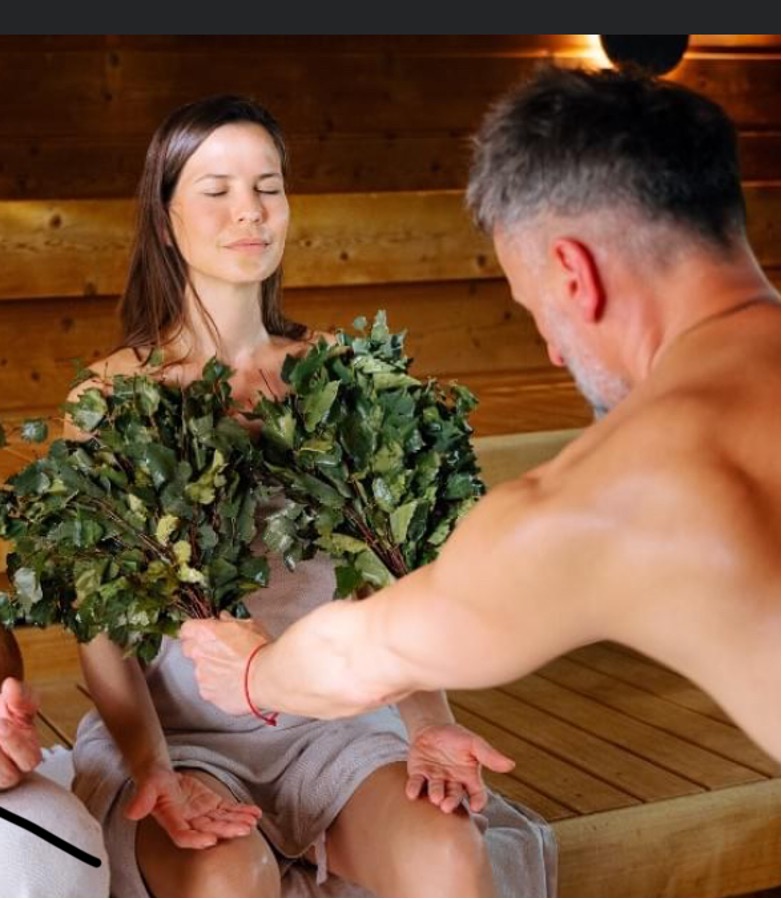From the ancient traditions of the Nordic regions to the contemporary wellness practices in urban centres worldwide, the history of sauna and heat culture is a fascinating and rich tapestry that spans centuries.
Let’s embark on a steamy journey through time to explore the origins, benefits, and intriguing facts surrounding this global phenomenon.
The Roots of Sauna: Scandinavia
The sauna’s roots can be traced back to Finland, where it has been an integral part of the culture for over a thousand years. The Finnish word “sauna” itself is globally recognized, and its origins are deeply intertwined with communal and spiritual practices. Early saunas were dug into hillsides and heated with open fires, creating a primitive but effective means of achieving the therapeutic heat that saunas are known for.
Japan’s Onsen Tradition: Hot Springs and Beyond
While Finland may have pioneered the sauna, Japan boasts its own rich heat culture through the tradition of onsens. Japanese hot springs have been cherished for centuries for their purported health benefits and relaxing properties. The communal bathing experience in onsens emphasizes harmony with nature, drawing parallels to the sauna culture in Scandinavia.
The Roman Influence: Baths and Beyond
The Romans, too, contributed to the global heat culture with their elaborate bathhouses. These ancient structures, equipped with hot and cold rooms, showcased a more opulent approach to communal bathing. The Roman bathing culture, with its emphasis on socialization and relaxation, left an indelible mark on the broader history of saunas and heat therapies.
Native American Sweat Lodges:
Indigenous cultures in North America have their own rich tradition of sweat ceremonies. Sweat lodges, typically dome-shaped structures, are used for spiritual and physical purification. Stones are heated outside and then brought into the lodge, where water is poured over them, creating steam and fostering a communal connection.
Turkish Hammams:
Venturing into the Middle East, Turkish hammams provide a unique twist to the sweat culture. These bathing establishments offer a blend of hot rooms, steam baths, and cold water, emphasizing both cleanliness and social interaction. The hammam experience is deeply rooted in Islamic traditions and has transcended its cultural boundaries.
The Russian Banya:
Banya has played a vital role in Russian life, serving as a place for social gatherings, health rituals, and spiritual purification. Traditionally constructed from wood, these bathhouses feature a stove known as a “pechka,” which heats rocks, creating an intense, dry heat. The practice of venik, or gently beating the body with leafy branches, is a distinctive element of the Banya experience, believed to enhance circulation and invigorate the skin.
Benefits Beyond the Steam: Health and Wellness
Saunas and heat therapies offer an array of health benefits that transcend cultural boundaries. The rise in popularity of saunas in modern times can be attributed to the recognition of these advantages. Regular sauna use is believed to improve circulation, promote relaxation, detoxify the body through sweating, and even contribute to better cardiovascular health. As a result, saunas have become an integral component of wellness routines worldwide.
Fun Facts to Heat Things Up!
Inuit “Sweat Houses”: In colder regions like the Arctic, indigenous Inuit communities had their own version of a sweat house, emphasizing the importance of heat for survival in extreme climates.
Sauna Diplomacy: Finland is known for incorporating saunas into diplomatic affairs. The Finnish Embassy in Washington D.C. features a sauna, showcasing the cultural significance of this tradition even on the global stage.
Mobile Saunas: In recent years, portable or mobile saunas have gained popularity, allowing enthusiasts to experience the benefits of sauna culture almost anywhere, from urban rooftops to festival grounds.
As we traverse the annals of time, it becomes evident that the sauna and heat culture is a shared human experience, transcending geographical and cultural divides. From the ancient traditions of the North to the rejuvenating hot springs of the East, the world’s love affair with heat continues to evolve, bringing communities together in the pursuit of relaxation, wellness, and a good sweat.


